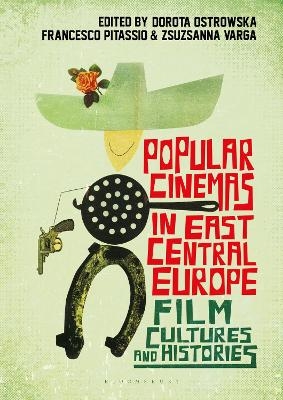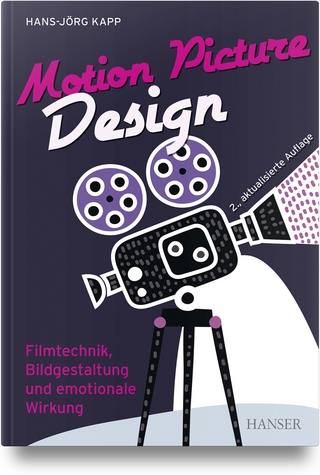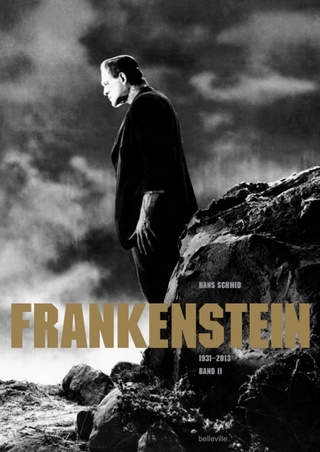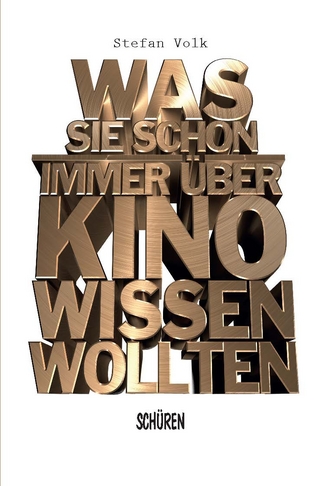
Popular Cinemas in East Central Europe
I.B. Tauris (Verlag)
978-1-78453-397-7 (ISBN)
The continued interest in the social and cultural life of the former Warsaw pact countries - looking at but also beyond their socialist pasts - encompasses a desire to know more about their national cinemas. Yet, despite the increasing consumption of films from these countries - via DVD, VOD platforms and other alternative channels - there is a lack of comprehensive information on this key aspect of visual culture. This important book rectifies the glaring gap and provides both a history and a contemporary account of East Central European cinema in the pre-WW2, socialist, and post-socialist periods. Demonstrating how at different historical moments popular cinema fulfilled various roles, for example in the capacity of nation-building, and adapted to the changing markets of a morphing political landscape, chapters bring together experts in the field for the definitive analysis of mainstream cinema in the region.Celebrating the unique contribution of films from Hungary, the Czech Republic/Czechoslovakia and Poland, from the award-winning Cosy Dens to cult favourite Lemonade Joe, and from 1960s Polish Westerns to Hollywood-influenced Hungarian movies, the book addresses the major themes of popular cinema.
By looking closely at genre, stardom, cinema exhibition, production strategies and the relationship between the popular and the national, it charts the remarkable evolution and transformation of popular cinema over time.
Zsuzsanna Varga teaches Hungarian studies at the University of Glasgow. Her research interests include comparative literature and film studies. She has written numerous articles and book chapters on Central European TV, and Hungarian, Portuguese, and Scottish literature. Francesco Pitassio is the associate professor of film studies at the University of Udine in Italy. His main research interests are Italian cinema, Czech cinema, film performance and stardom, and film theory. His publications include Il cinema neorealista (with Paolo Noto) (2010) and Attore/Divo (2003). Dorota Ostrowska is a senior lecturer in film and modern media at Birkbeck College, University of London. She publishes in the areas of European film and television studies, film festival studies, and the history of film and media production. Her publications include Reading the French New Wave: Critics, Writers and Art Cinema in France (2008) and European Cinemas in the TV Age (with Graham Roberts) (2007).
1.INTRODUCTION2.Producing the Popular Chapter 1: How to be loved? Three takes on 'the popular' in socialist and nonsocialist cinema (Paul Coates) Chapter 2: Postwar Czechoslovak Comedy, the Autonomization of Parody, and Lemonade Joe (1964) (Petr Szczepanik)Chapter 3: The Czechoslovak-East German Co-Production Three Nuts for Cinderella - A Transnational Tale (Pavel Skopal)Chapter 4: Hollywood's factor in the most popular Hungarian films of the 1996-2014 period: when a small postcommunist cinema meets a mainstream one (Andrea Virginas)Chapter 5: Serial Nostagia: On Alternative Modes of Popular Cinema in Post-89 Czech Production (Francesco Pitassio)3.Genre: Chapter 6: Czech Historical Film and Historical Traditions: The Merry Wives (1938) (Ivan Klimes)Chapter 7: Transformations: Hungarian Popular Cinema in the 1950s (Balazs Varga)Chapter 8: Poland's Wild West and East: Polish Westerns of the 1960s (Mikolaj Kunicki)Chapter 9: The Paradox of Popularity: The Case of Crime Movie with Socialism in Hungary (Gabor Gelencser)Chapter 10: Film in Full Gallop: Aesthetics and the Equine in Poland's Epic Cinema (Matilda Mroz)Chapter 11: The Power of Love: Polish Postcommunist Popular Cinema (Elzbieta Ostrowska)Chapter 12: When Walls Fall: Families in Hungarian Films of the New Europe (Clara Orban)4.Stardom, Exhibition, and Reception:Chapter 13: Starlets and heartthrobs: the Hungarian cinema of the interwar period (Zsuzanna Varga) Chapter 14: Stripping of his charms: The stability and transformation of Oldrich Novy's star image 1936-1955 (Sarka Gmiterkova)Chapter 15: "Humanist Screens": Foreign Cinema in Socialist Poland (1945-1956) (Dorota Ostrowska)Chapter 16: The Exhibition of Popular Cinema in the Czech Republic and Slovakia After 1989 within the Context of the European Union (Jan Hanzlik)
| Erscheinungsdatum | 28.09.2017 |
|---|---|
| Reihe/Serie | International Library of the Moving Image |
| Zusatzinfo | 77 black and white illustrations |
| Sprache | englisch |
| Maße | 156 x 234 mm |
| Themenwelt | Kunst / Musik / Theater ► Film / TV |
| ISBN-10 | 1-78453-397-1 / 1784533971 |
| ISBN-13 | 978-1-78453-397-7 / 9781784533977 |
| Zustand | Neuware |
| Haben Sie eine Frage zum Produkt? |
aus dem Bereich


